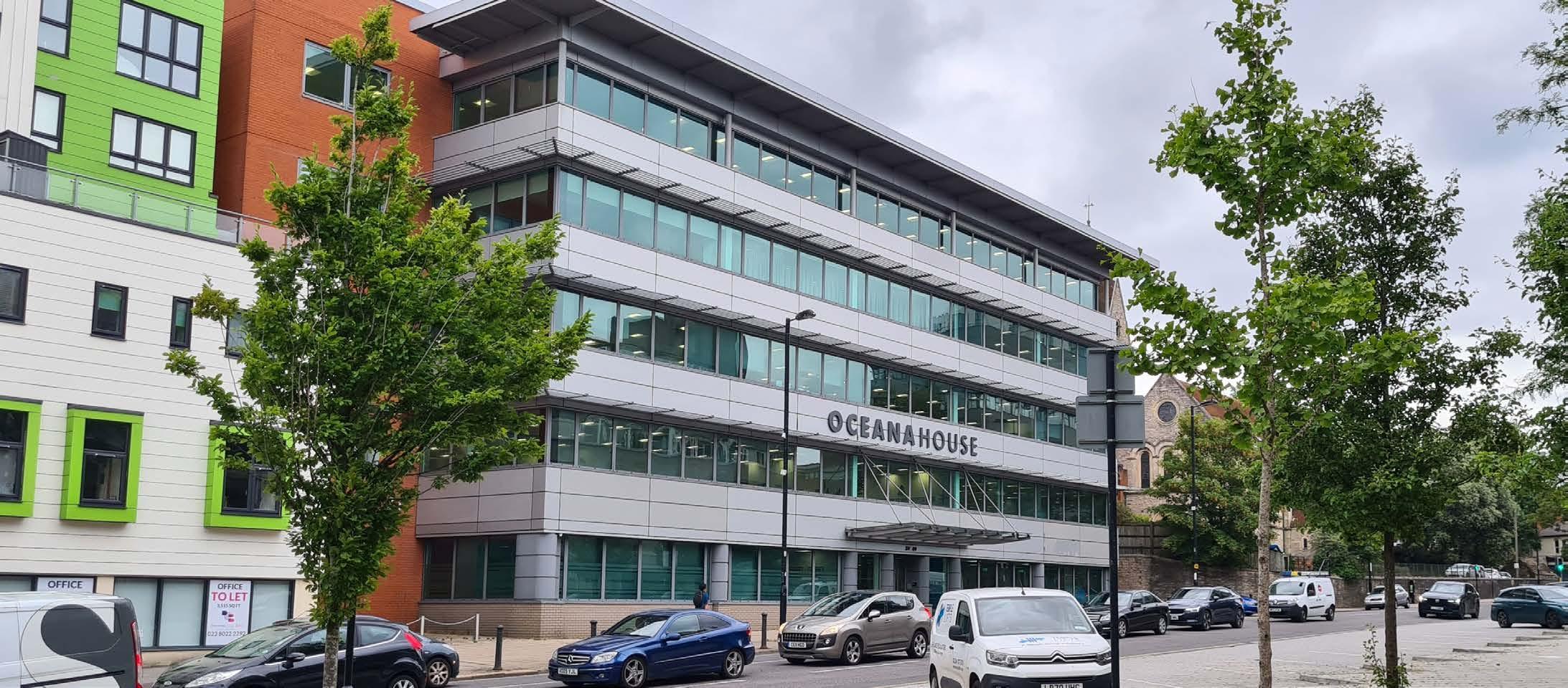
3 minute read
EPC B Pathways
It has never been more important to instruct the right assessor to carry out your EPC assessment. With the Minimum Energy Efficiency Standard (MEES) of EPC 'B' by 2030, knowing the work that will be required to get your building to this standard now is essential.
At KJ Tait, we have many years experience of carrying our Level 5 Dynamic Simulation EPC modelling and providing our Clients with a costed pathway to achieving EPC 'B'.
At KJ Tait, we have been producing Level 5 Dynamic Simulation EPCs since they were introduced. We only produce EPCs at this level for two reasons:
• We complete all our design work using the Level 5 engine of IES, therefore we have ready access to the EPC compliance engine of the software. It would actually cost us more money to complete Level 4 assessments due to additional time
• Whilst some buildings are mandated to Level 5, such as those with an atrium, we believe that dynamic simulation represents a more realistic simulation of the outside and inside conditions and hence a more accurate assessment of the building.
Our Assessors go the extra mile when producing EPC assessments and EPC B Pathway reports, we investigate all the documentation on site and work with the Client and onsite team to gather any additional information, such as tenant fitted lighting design information.
When onsite, our assessors investigate the potential to install alternative systems and will review space constraints on site. For example, replacing gas fired boilers in an existing building with VRF or heat pumps may not be straighforward due to space constraints on the building roof, riser cupboard space or electrical capacity. Our engineers will investigate all aspects of what could be feasible and subsequently model this to understand the improvement on the EPC rating. All our recommendations consider the age and condition of plant, we will always look at a pathway for a building that considers this in the first instance.
For capital investment projects such replacing fan coil units for a VRF system, there is always a significant amount of disruption to a building. For each initiative we recommend, we state the level of disruption envisaged on a low, medium and high basis and give recommendations to reduce such as completing work overnight to avoid issues such as shutdown of electrical services that would cause high tenant disruption if carried out during the day.
In each pathway report, we provide the improvement in the EPC rating by doing each initiative and the capital costs from carrying out. We can complete the design work for any of the initiatives that are recommended and are subsequently taken forward by our Client.
As a business, we have been revolutionising the way EPCs are carried out, we believe the model should be continuously updated and not a point in time assessment to be completed once every 10 years. It is this approach that gives our Clients confidence that they can achieve the MEES target of EPC B well in advance of 2030 and in line with a plant replacement strategy.






